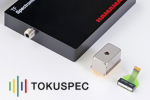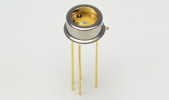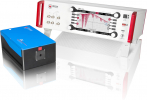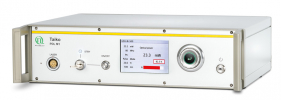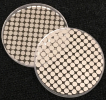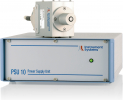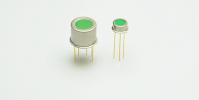In time-correlated single photon counting (TCSPC), single photons are not only counted but the time of detection is also determined based on a reference signal. Here, a laser pulse generally serves as a reference. This method is a statistical counting method. TCSPC is used in particular in fluorescence lifetime measurements. This method is often compared to a stop watch: a laser pulse excites a sample (time start); just a few pico- or nanoseconds later, a “fluorescence photon” is released (time stop). This time is recorded in a histogram. After many start-stop passes, a conclusive histogram is created that displays the intensity of the fluorescence depending on time. The COUNT T is equipped with an avalanche photodiode (active area of 150 µm) and features a high detection efficiency of >80% and a temporal resolution of up to 350 ps. In addition to fluorescence lifetime measurement (FLIM), the timing module is used in time-resolved fluorescence and single-molecule spectroscopy, as well as LIDAR applications.


